Introduction
The art of preserving meat through various techniques, including salting, smoking, and curing, has been practiced for centuries across diverse cultures. These preservation methods not only extend the shelf life of meat but also enhance its flavor and texture, making it a staple in many traditional cuisines. However, one common observation among long-preserved meats, particularly those that have undergone extensive salting or curing processes, is the development of a yellow hue over time. This discoloration often raises questions among consumers and chefs alike: is yellowed, long-preserved meat still safe to eat?
To address this question comprehensively, we must delve into the science behind meat preservation, the causes of yellowing, and the potential safety implications. This article aims to provide a detailed analysis, drawing from historical practices, scientific research, and expert opinions to offer clarity on this often-debated topic.
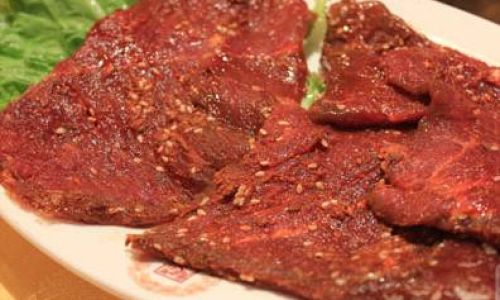
Understanding Meat Preservation Techniques
Before examining the yellowing phenomenon, it’s crucial to understand the fundamental principles of meat preservation. Preservation techniques primarily aim to inhibit the growth of microorganisms that cause spoilage and illness. Salt, a key preservative, works by drawing moisture out of meat cells, creating an environment hostile to bacteria and fungi. Smoking adds an additional layer of protection by introducing phenolic compounds and reducing the moisture content further. Curing, which often involves the use of salt, sugar, and sometimes nitrates or nitrites, not only preserves but also adds color and flavor to the meat.
Each preservation method has its unique set of benefits and drawbacks. For instance, while salting effectively preserves meat, it can lead to a high sodium content, which may not be suitable for everyone. Smoking, on the other hand, adds a delightful aroma and taste but may introduce carcinogens if done improperly. Curing, with its use of nitrates and nitrites, enhances the pink color of cooked meat and inhibits bacterial growth but has been linked to potential health concerns when consumed in excess.
The Science Behind Yellowing in Preserved Meat
Yellowing in long-preserved meats is a complex phenomenon that can be attributed to several factors, including chemical reactions, microbial activity, and storage conditions. Here’s a closer look at each:
-
Oxidation and Maillard Reaction:
- Oxidation: When meat is exposed to oxygen over time, fats can undergo oxidation, leading to the formation of compounds that contribute to yellowing. This process is accelerated by light, heat, and metal contact, such as stainless steel or aluminum, which can catalyze the reaction.
- Maillard Reaction: This is a non-enzymatic browning reaction that occurs between amino acids and reducing sugars in the presence of heat. While primarily responsible for the brown crust on cooked meats, it can also contribute to yellowing in preserved meats, especially those that have undergone prolonged heating or drying processes.
-
Microbial Activity:
Certain bacteria and fungi can cause discoloration in preserved meats. For example, surface molds can develop a yellow or greenish hue, indicating spoilage. While surface molds can sometimes be removed without compromising the internal quality of the meat, it’s crucial to inspect carefully and discard any meat with signs of mold penetration.
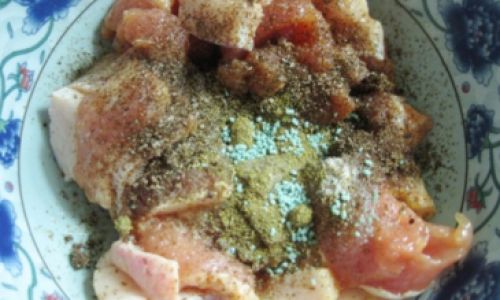
-
Storage Conditions:
Poor storage conditions, such as high temperatures and humidity, can accelerate the degradation of fats and proteins in meat, leading to discoloration. Light exposure, particularly ultraviolet radiation, can also promote oxidation and contribute to yellowing.
-
Chemical Additives:
Nitrates and nitrites, commonly used in curing processes, react with myoglobin in meat to form nitrosomyoglobin, which gives cooked meat its pink color. However, over time or under certain conditions, these compounds can break down further, leading to the formation of other pigments that may contribute to yellowing.
Assessing the Safety of Yellowed Preserved Meat
Determining whether yellowed, long-preserved meat is safe to consume involves a multi-faceted approach. Here are some key considerations:
-
Visual and Olfactory Inspection:
Start by visually inspecting the meat for any signs of mold, sliminess, or unusual discoloration. A strong, unpleasant odor is another indicator of spoilage. If the meat appears moldy or has an off-putting smell, it should be discarded immediately.

-
Texture and Consistency:
Feel the meat to check for firmness and elasticity. Spoiled meat may feel slimy or have a mushy texture. Additionally, look for any liquid accumulation, which could be a sign of bacterial growth.
-
Storage Duration and Conditions:
Consider how long the meat has been preserved and the conditions under which it was stored. If the meat has been stored properly (cool, dry, and away from direct light) and within the recommended timeframe for its preservation method, the risk of spoilage is lower.
-
Chemical and Microbial Testing:
For a definitive assessment, chemical and microbial testing can be conducted. This involves analyzing the meat for specific compounds indicative of spoilage and testing for the presence of harmful bacteria or fungi. While such testing is not feasible for home use, it’s routine in commercial meat processing and food safety laboratories.
Expert Opinions and Recommendations
Experts in food science and nutrition offer varying opinions on the safety of yellowed, long-preserved meat. Some argue that mild yellowing, particularly in traditionally preserved meats like prosciutto or bacon, is a normal part of the aging process and does not necessarily indicate spoilage. They emphasize the importance of proper storage conditions and visual inspection before consumption.
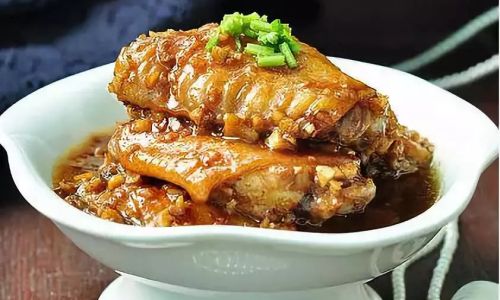
Others caution against consuming any meat that has undergone significant discoloration, especially if accompanied by other signs of spoilage. They recommend adhering to best practices for meat preservation and consumption, including using high-quality ingredients, following precise preservation techniques, and consuming preserved meats within recommended timeframes.
Historical and Cultural Perspectives
The practice of preserving meat through salting, smoking, and curing has deep historical and cultural roots. In many traditional societies, preserved meats were essential for survival during lean times and were often highly valued for their unique flavors and textures. Yellowing was sometimes seen as a sign of maturity and richness in flavor, rather than spoilage.
However, as food safety knowledge and technology have advanced, our understanding of the risks associated with consuming spoiled meat has also evolved. Today, consumers are more informed about the importance of proper food handling and storage practices to ensure the safety and quality of their food.
Conclusion
In conclusion, yellowing in long-preserved meats is a complex phenomenon that can be influenced by multiple factors, including chemical reactions, microbial activity, and storage conditions. While mild yellowing may be a normal part of the aging process in some traditionally preserved meats, it’s crucial to assess the safety of the meat through visual and olfactory inspection, consideration of storage duration and conditions, and, in some cases, chemical and microbial testing.
Ultimately, the decision to consume yellowed, long-preserved meat should be based on a comprehensive understanding of its preservation history, storage conditions, and any accompanying signs of spoilage. Consumers are advised to err on the side of caution and discard any meat that raises concerns about its safety or quality. By doing so, we can continue to enjoy the rich flavors and textures of preserved meats while minimizing the risks associated with foodborne illness.

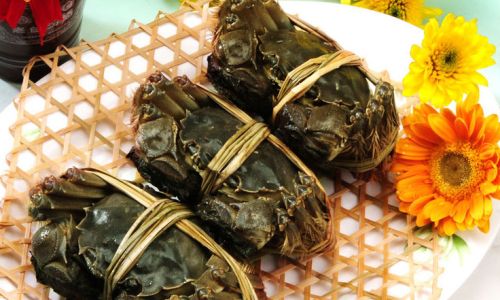
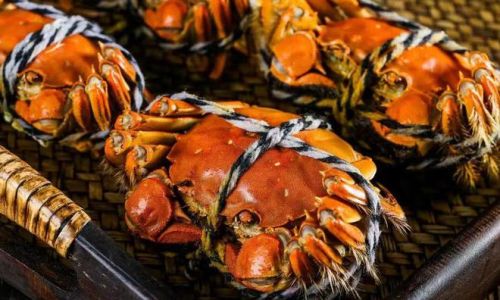

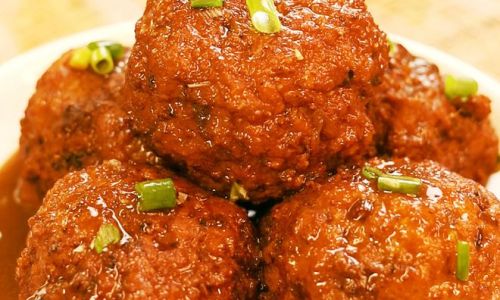
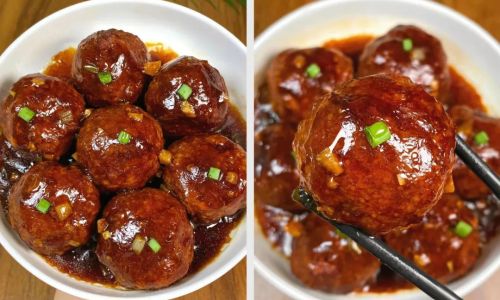
0 comments